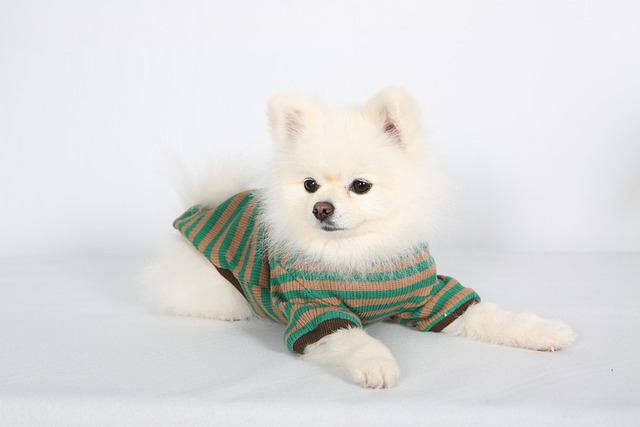
How can I tell if my dog's heatstroke is serious
Let’s be real: It’s a sticky August morning in Los Angeles, and you took your 2-year-old Golden Retriever, Max, for a walk a little later than usual
Chubby Pomeranian might look cuddly, but those extra pounds can spell trouble for their tiny frames. Joint pain, breathing issues, and even diabetes are common risks—ones that sneak up on owners who don’t realize how quickly a few extra treats add up. Start by taking a hard look at their daily intake. Those "just a bite" scraps from your dinner? A single slice of cheese can be 10% of a Pom’s daily calorie needs. Swap table scraps for low-calorie alternatives like green beans or apple slices, and measure their kibble with a proper cup instead of guessing.
Next, check the food label. Many commercial diets marketed for "small breeds" are packed with fillers that spike weight without nutrition. Talk to your vet about switching to a formula with higher protein and lower carbs—something that keeps their metabolism active without empty calories.
 Exercise matters, but Poms have limits. Their short snouts mean they overheat fast, so skip midday walks in summer. Instead, aim for two 15-minute strolls daily when it’s cool, plus indoor play sessions with a fetch toy. A game of tug-of-war for 10 minutes burns more calories than you’d think, and it keeps their mind sharp too. Just avoid overdoing it—their tiny legs can’t handle marathon sessions.
Exercise matters, but Poms have limits. Their short snouts mean they overheat fast, so skip midday walks in summer. Instead, aim for two 15-minute strolls daily when it’s cool, plus indoor play sessions with a fetch toy. A game of tug-of-war for 10 minutes burns more calories than you’d think, and it keeps their mind sharp too. Just avoid overdoing it—their tiny legs can’t handle marathon sessions.
Keep an eye on treats. It’s easy to hand out a biscuit every time they beg, but those add up. Try training with praise instead, or use pieces of their regular kibble as rewards. If you must spoil them, opt for freeze-dried chicken bits—low in calories but high in flavor.
Don’t forget regular vet checkups. Some health issues, like hypothyroidism, can cause weight gain, and your vet can rule those out. They can also help you set a target weight and track progress—slow and steady is key here. Losing more than 1% of their body weight weekly can be dangerous for small dogs.
Finally, know your local rules. Many areas require dogs to be kept at a healthy weight to prevent suffering, and neglect charges can apply if obesity leads to health crises. It’s not just about looks—keeping your Pom fit is part of being a responsible owner.
With patience and consistency, you’ll see those extra pounds melt away, and your Pomeranian will have more energy to zoom around the house and snuggle in your lap. That’s a win for both of you.

Let’s be real: It’s a sticky August morning in Los Angeles, and you took your 2-year-old Golden Retriever, Max, for a walk a little later than usual

You're enjoying a summer afternoon at the park when you notice your dog has stopped panting and appears disoriented - their gums are bright red

Let’s paint the picture: You’re in your Denver apartment, watching your 4-year-old Boston Terrier, Ruby, plop down mid-play session with her favorite toy

Many dog owners notice their pets nails seem shorter after regular walks,but how much does this daily activity actually help?The answer depends on where you walk—concrete sidewalks or asphalt streets gently file nails as a dog's paws hit the ground

Most dog owners notice their pup scooting across the carpet at some point, but few connect it to impacted anal glands. These small sacs near a dog’s rectum secrete a scent for marking territory

Most vets agree that regular dog teeth cleaning is key to avoiding painful dental issues later. For healthy adult dogs, a professional cleaning at the vet’s office every 12 to 18 months usually works well.